Check Out Fingerprints Of Water On The Sand Via NASA Http://ift.tt/1Mxtpaz

Check out Fingerprints of Water on the Sand via NASA http://ift.tt/1Mxtpaz
More Posts from Smartler and Others
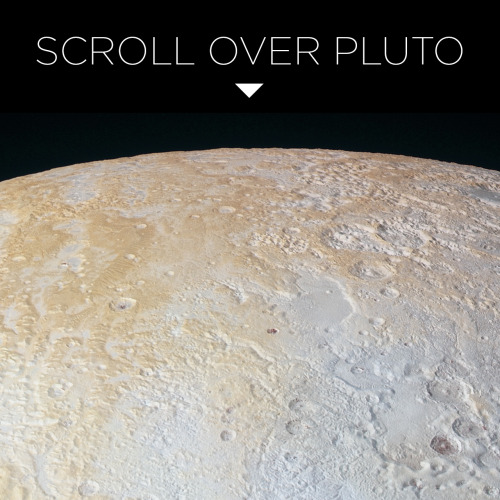
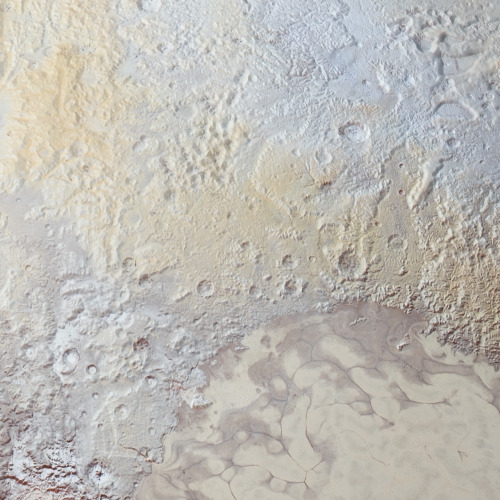
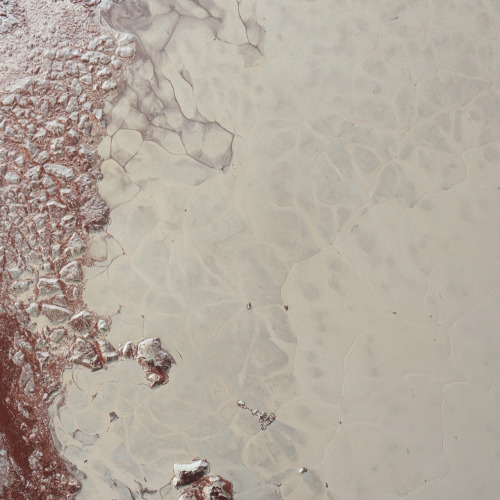
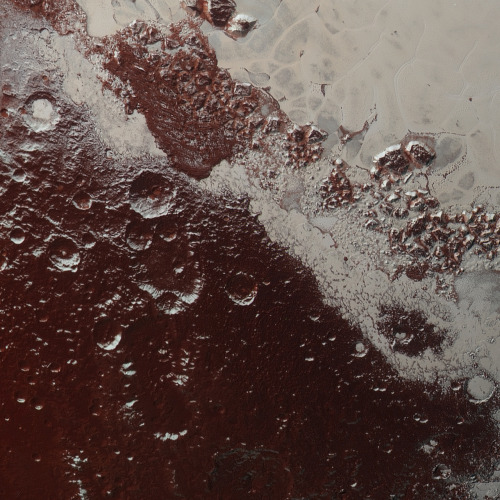
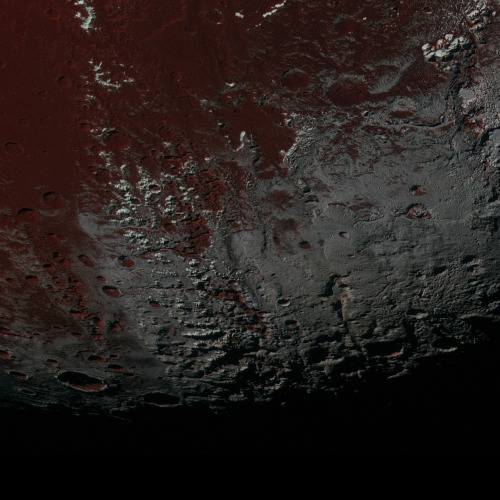
This is one slice of an incredible high resolution, enhanced color image of Pluto, recently released by NASA. You can see the full, larger version here.
Credit: NASA/JHUAPL/SwRI

For more amazing images and posts about how Astronomy is Awesome, check us out!
http://astronomyisawesome.com/
As always, please feel free to ask questions and we love it when you reblog!
#astronomy #space #nasa #hubble space telescope #nebula #nebulae #galaxy

THE GIANT MANATEE NEBULA Bright astronomical objects that are visible to the eye and optical telescopes are often nicknamed for their resemblance to earthly objects. A newly discovered view of a 20,000 year old supernova remnant is no different, resembling a beloved endangered species. W50 (or the Giant Manatee Nebula) is one of the largest supernova remnants ever viewed by the Karl G. Jansky Very Large Array (VLA). This large cloud, nearly 700 light years across, formed when a giant star exploded as a supernova around 20,000 years ago, spewing its outer gases flying outwards to form an expanding bubble. The remaining super dense relic of that giant star, very likely a black hole, feeds on gas from a closeby companion star which form a disk around the black hole. This disk and the black hole’s network of powerful magnetic field lines pull out charged particles out of the disk and channel them outward in jets that travel almost at the speed of light, acting like a giant railroad system. This pairing system of a black hole and its feeder star are both known as the SS433 microquasar. Over time, this awesome image of Florida’s “sea cow” will become mishapen, as the micro quaser’s jets will force their way through the expanding gas bubble of W50, punching bulges outward on either side of it. Until then, it will continue to be another wonder in the sky while providing more clues to fill the history of this giant cloud. –Sanj SOURCE:http://www.sciencedaily.com/releases/2013/01/130119185021.htm National Radio Astronomy Observatory. “Microquasar makes a giant manatee nebula.” ScienceDaily, 19 Jan. 2013. Web. 24 Jan. 2013. Image:Left: W50 supernova remnant in radio (green) against the infrared background of stars and dust (red). A Florida Manatee rests underwater in Three Sisters Springs in Crystal River, Florida. Image Credit: Left: NRAO/AUI/NSF, K. Golap, M. Goss; NASA’s Wide Field Survey Explorer (WISE). Right: Image used with permission from Tracy Colson, courtesy of NRAO
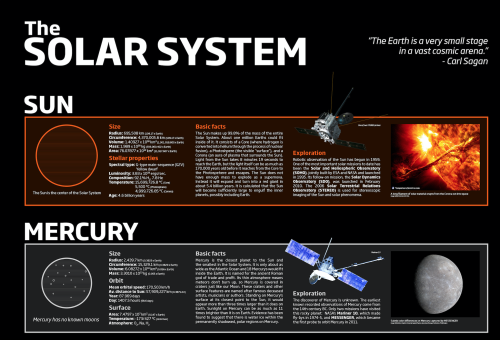
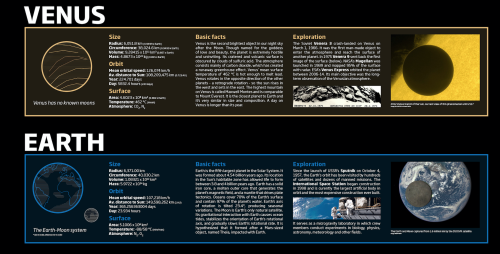
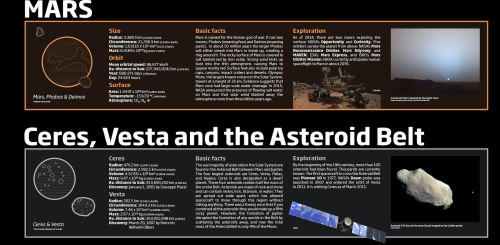
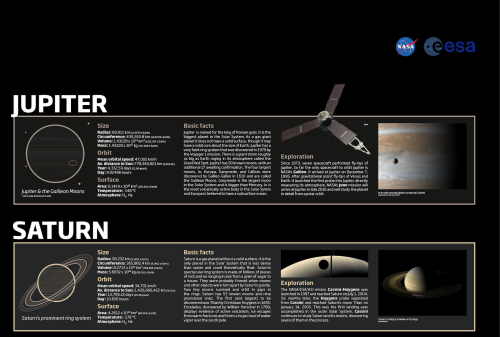
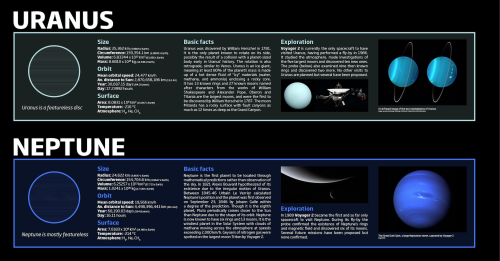
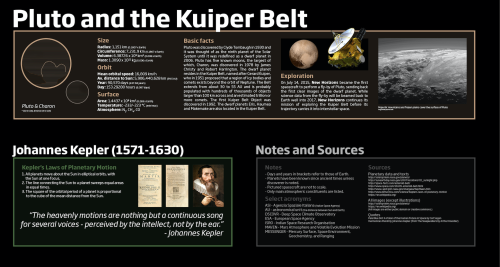
The Solar System


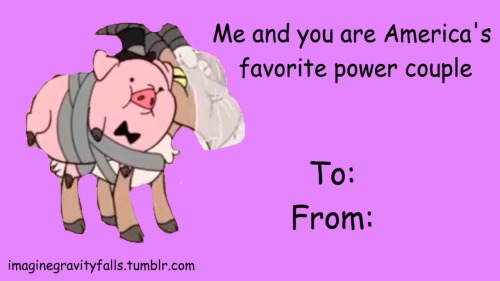




Tumblr Valentines - The Love God version.
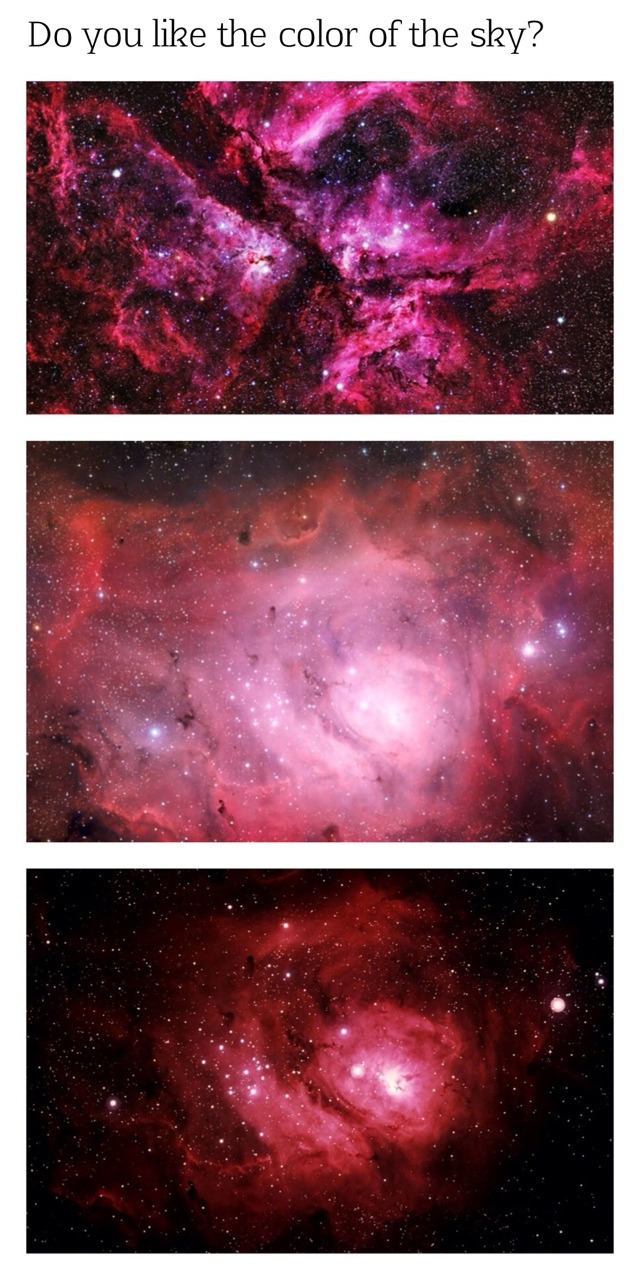
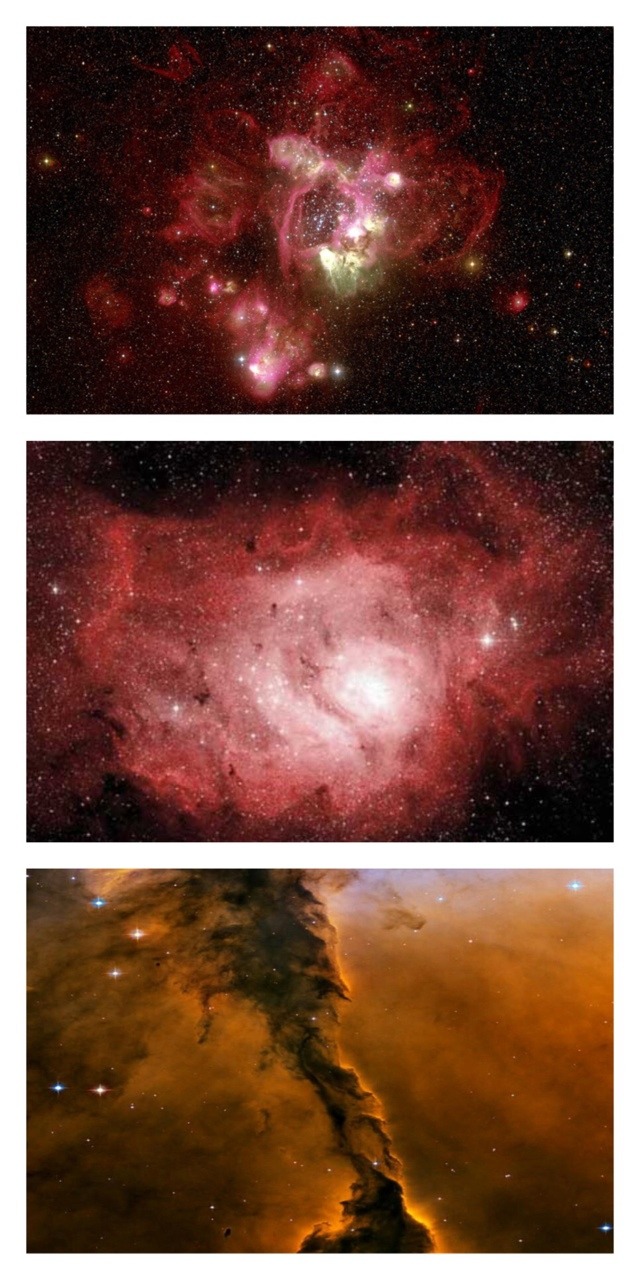
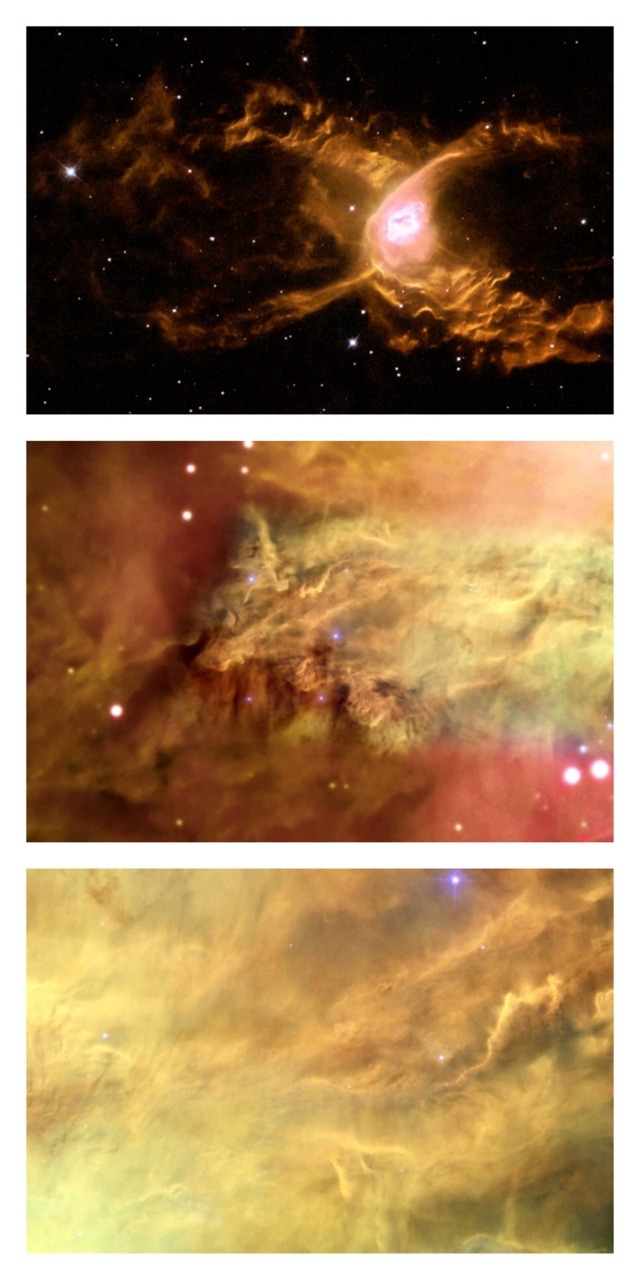
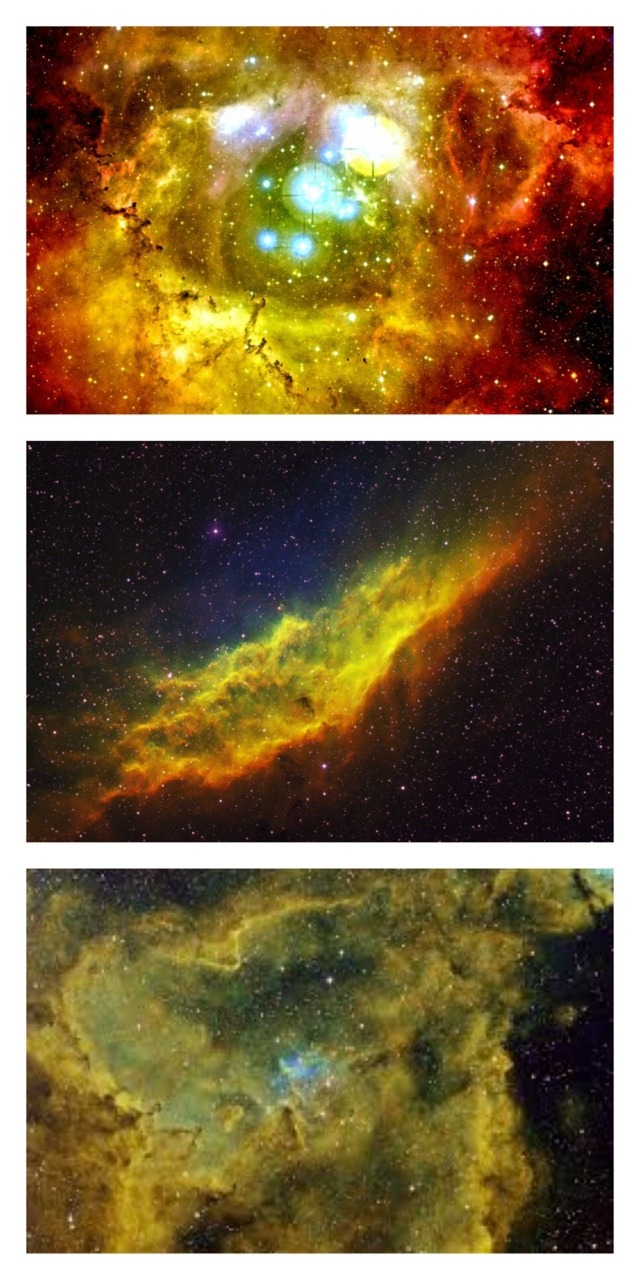
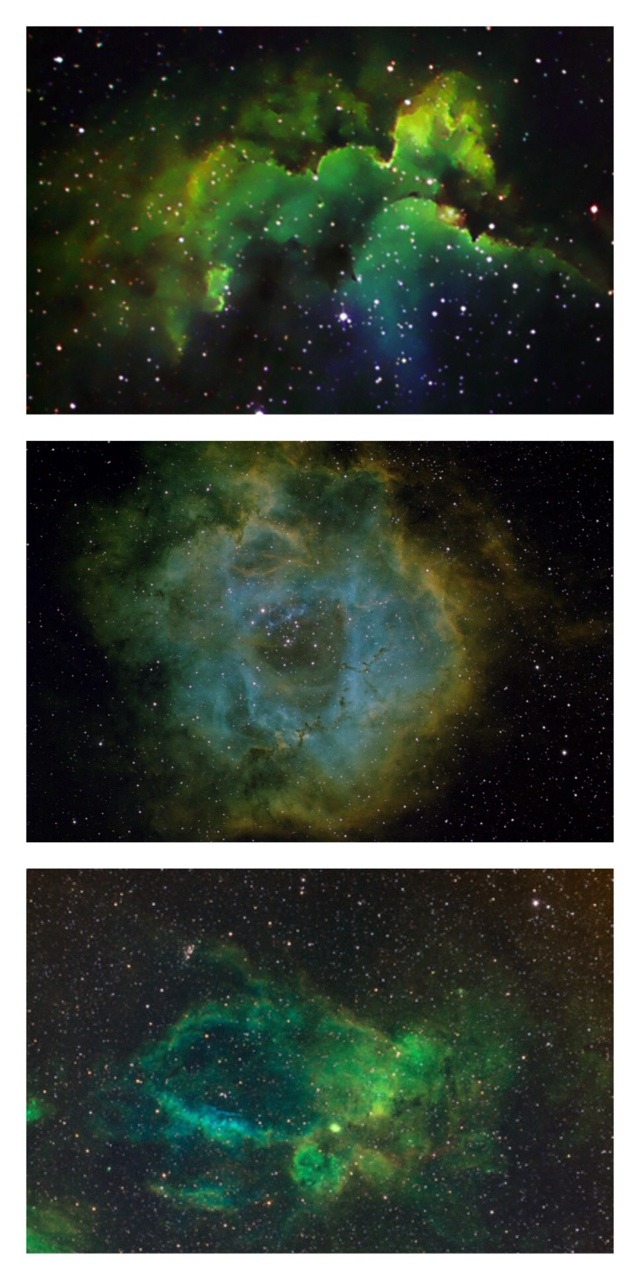
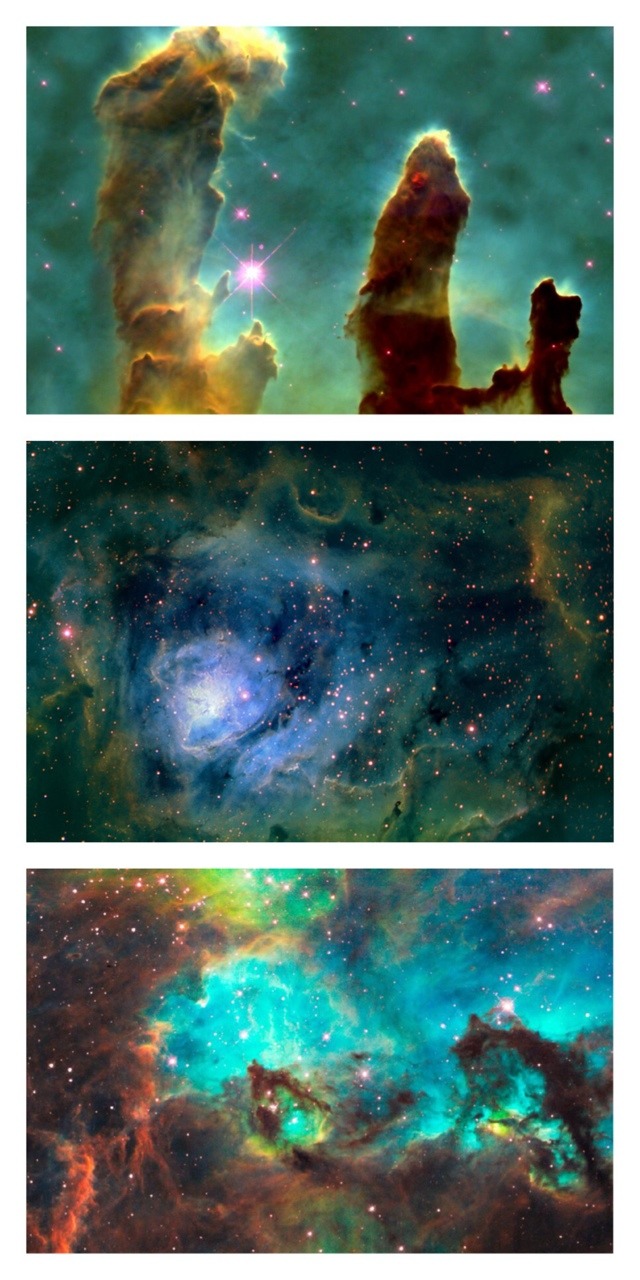
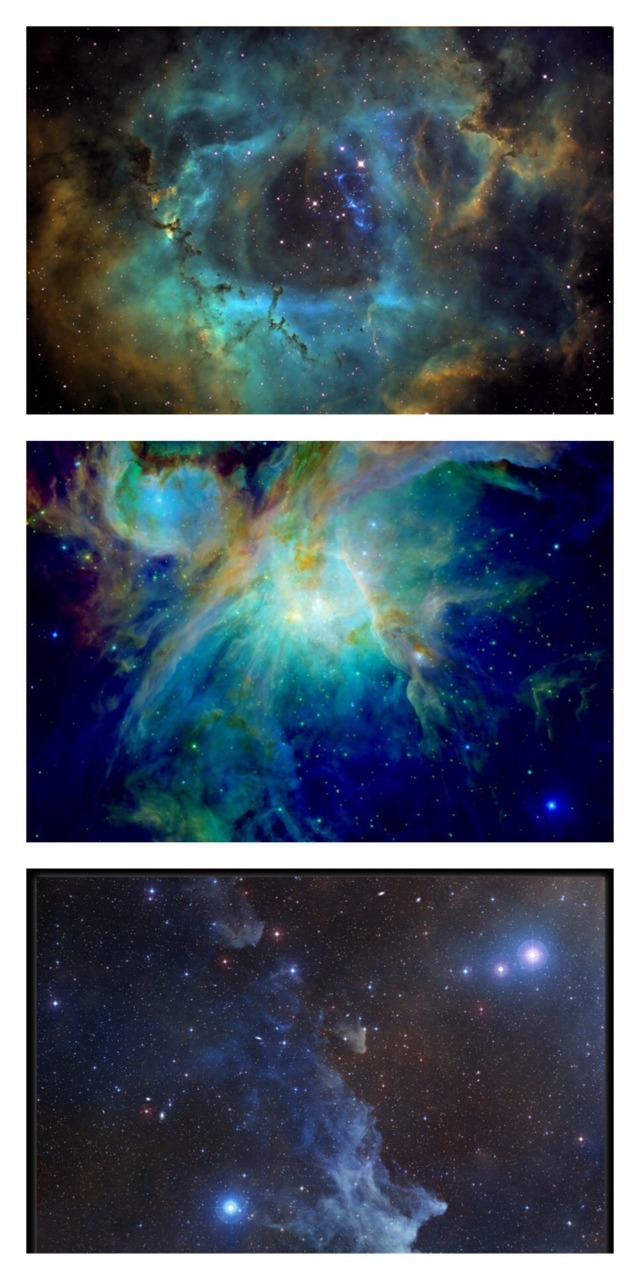
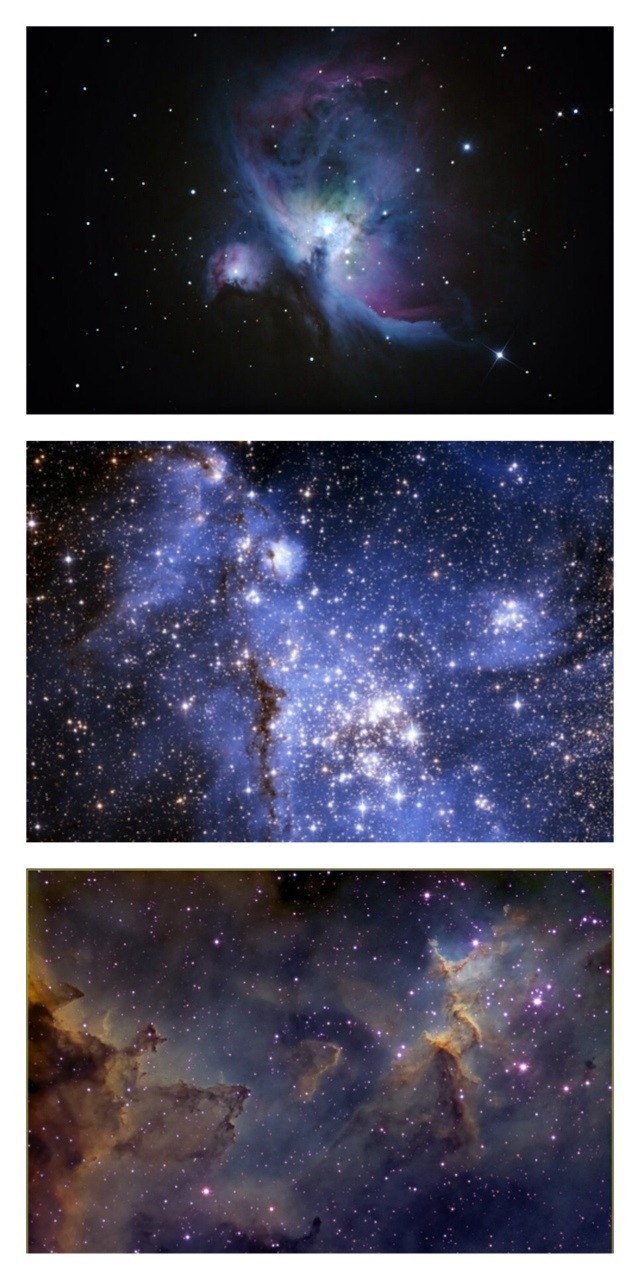
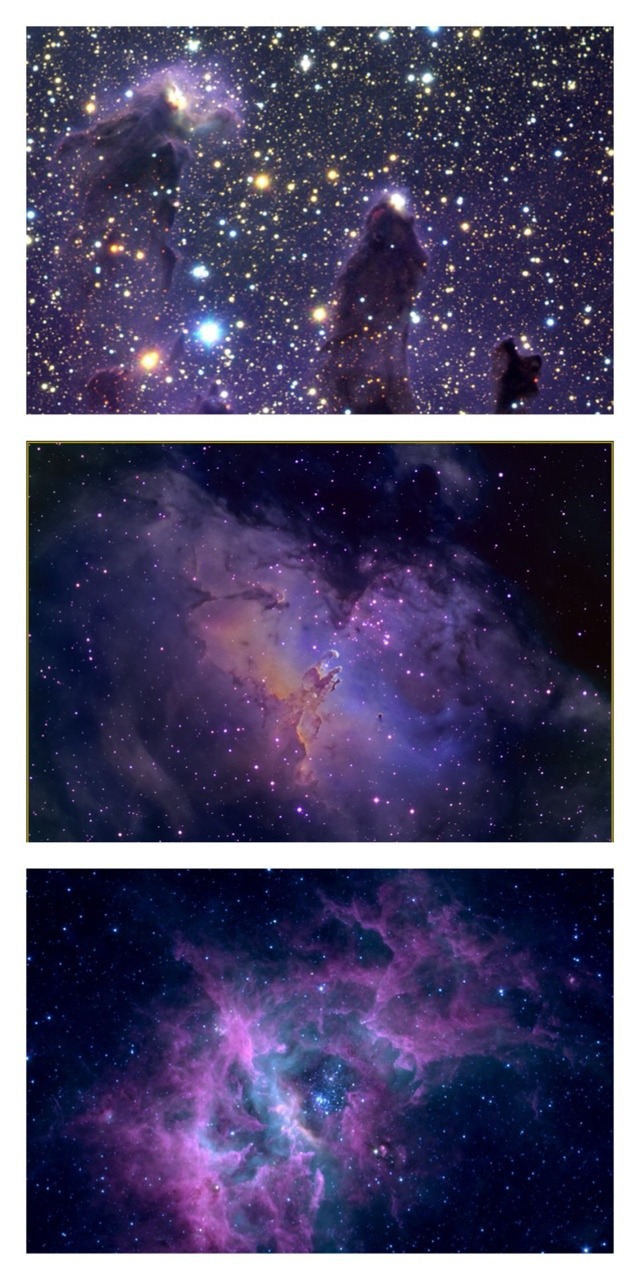
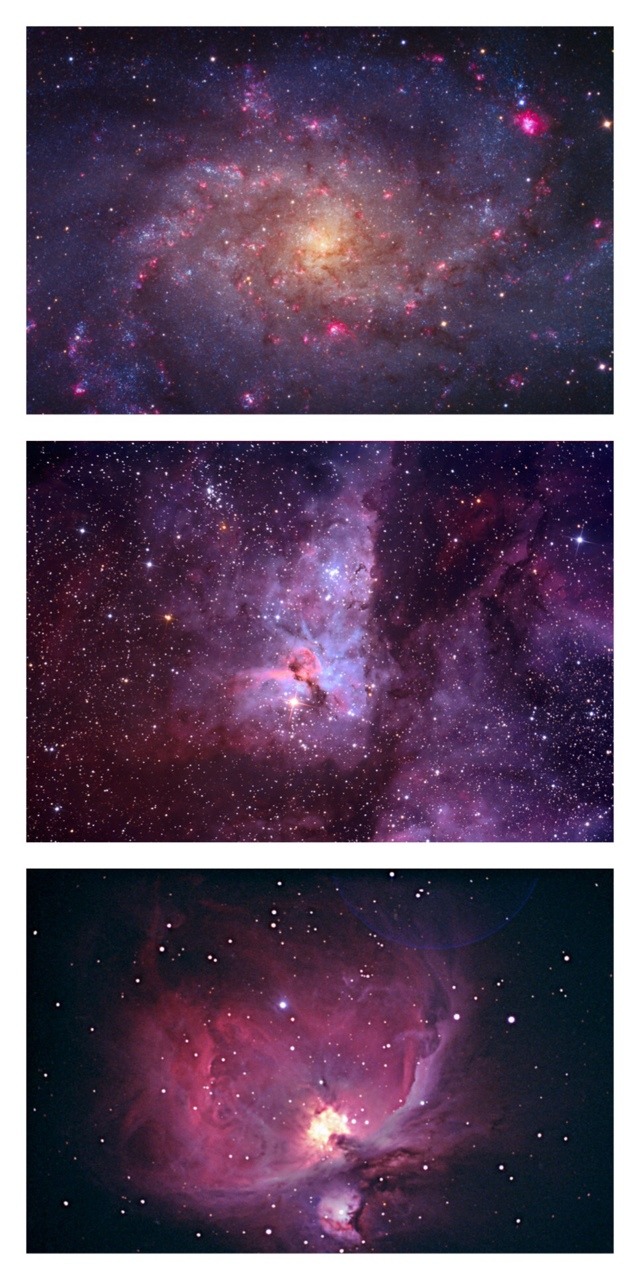
Go big or go home

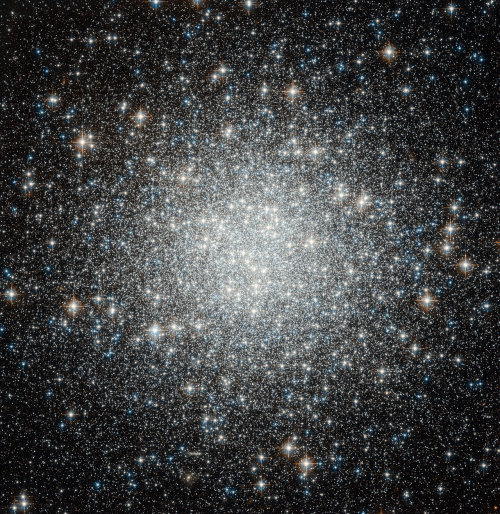


I never thought I’d have competition for the most startorial Emily on the planet, but Emily Lakdawalla, Senior Editor and Planetary Evangelist at the Planetary Society (and the third most followed astronomer on twitter) is bringing it! After winding up with the Fibonacci spiral dress by @shenovafashion, she is dazzling in the super star dress from Belle Neptune, as posted by the Planetary Society on Instagram.
I haven’t identified the source image yet, but I suspect it is a globular cluster, perhaps one with a lot of unusually blue stars like Messier 53.
Watch this space to see Emily’s closest approach (and who she joins forces with) tomorrow!
–Emily
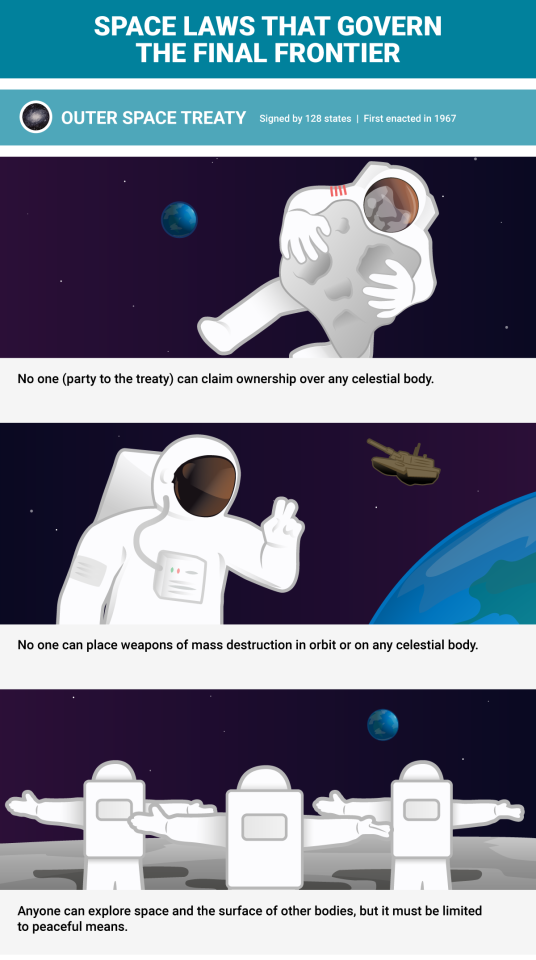
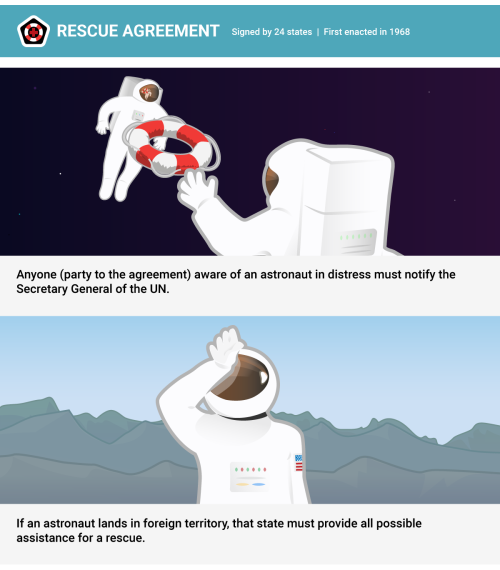



The laws that keep space from spiraling out of control into a political war zone
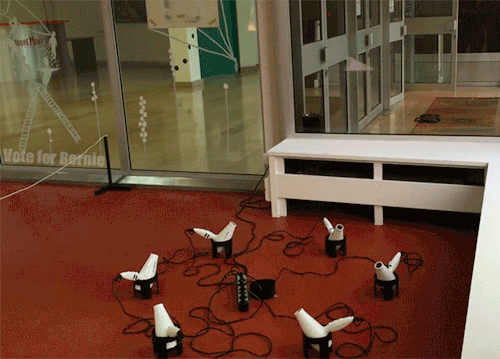
When engineers are bored.







The last, but not least of starry scholastic month!
This week’s entry: Black Holes
http://www.space.com/15421-black-holes-facts-formation-discovery-sdcmp.html
http://www.space.com/19339-black-holes-facts-explained-infographic.html
-
 ineedspacex-blog reblogged this · 9 years ago
ineedspacex-blog reblogged this · 9 years ago -
 luster-dragon reblogged this · 9 years ago
luster-dragon reblogged this · 9 years ago -
 cottonvitellius-axv reblogged this · 9 years ago
cottonvitellius-axv reblogged this · 9 years ago -
 counterfeit-anarchy reblogged this · 9 years ago
counterfeit-anarchy reblogged this · 9 years ago -
 longgarden reblogged this · 9 years ago
longgarden reblogged this · 9 years ago -
 shane05196 liked this · 9 years ago
shane05196 liked this · 9 years ago -
 ryleejayy liked this · 9 years ago
ryleejayy liked this · 9 years ago -
 beautifulbreadwasteland reblogged this · 9 years ago
beautifulbreadwasteland reblogged this · 9 years ago -
 wildflovvers reblogged this · 9 years ago
wildflovvers reblogged this · 9 years ago -
 mai-morning-after liked this · 9 years ago
mai-morning-after liked this · 9 years ago -
 slcr303 liked this · 9 years ago
slcr303 liked this · 9 years ago -
 shortestbreath liked this · 9 years ago
shortestbreath liked this · 9 years ago -
 fabric-of-nature reblogged this · 9 years ago
fabric-of-nature reblogged this · 9 years ago -
 pilliejean liked this · 9 years ago
pilliejean liked this · 9 years ago -
 imnotlivingjusttobreathe liked this · 9 years ago
imnotlivingjusttobreathe liked this · 9 years ago -
 space-shelter-blog reblogged this · 9 years ago
space-shelter-blog reblogged this · 9 years ago -
 oniscidea-blog reblogged this · 9 years ago
oniscidea-blog reblogged this · 9 years ago -
 vrepisnotaperv-blog reblogged this · 9 years ago
vrepisnotaperv-blog reblogged this · 9 years ago -
 tl-here-l liked this · 9 years ago
tl-here-l liked this · 9 years ago -
 mariusz026 liked this · 9 years ago
mariusz026 liked this · 9 years ago -
 wildbird74-blog liked this · 9 years ago
wildbird74-blog liked this · 9 years ago -
 blondie675 liked this · 9 years ago
blondie675 liked this · 9 years ago -
 merp-lilo-blog liked this · 9 years ago
merp-lilo-blog liked this · 9 years ago -
 theconstellationsinyourskin liked this · 9 years ago
theconstellationsinyourskin liked this · 9 years ago -
 jpaspuj liked this · 9 years ago
jpaspuj liked this · 9 years ago -
 4sensesplusascarf liked this · 9 years ago
4sensesplusascarf liked this · 9 years ago -
 smartler reblogged this · 9 years ago
smartler reblogged this · 9 years ago -
 kyleofurantia liked this · 9 years ago
kyleofurantia liked this · 9 years ago -
 ch3rrie-s liked this · 9 years ago
ch3rrie-s liked this · 9 years ago -
 tiernon liked this · 9 years ago
tiernon liked this · 9 years ago -
 astronomyandastrophotography reblogged this · 9 years ago
astronomyandastrophotography reblogged this · 9 years ago -
 andromeda-is-on-fire-blog reblogged this · 9 years ago
andromeda-is-on-fire-blog reblogged this · 9 years ago -
 juiska reblogged this · 9 years ago
juiska reblogged this · 9 years ago -
 inter-stellxr-blog reblogged this · 9 years ago
inter-stellxr-blog reblogged this · 9 years ago -
 hedminreg liked this · 9 years ago
hedminreg liked this · 9 years ago -
 dylanngatess reblogged this · 9 years ago
dylanngatess reblogged this · 9 years ago -
 flower-factory-blog reblogged this · 9 years ago
flower-factory-blog reblogged this · 9 years ago -
 quietsound liked this · 9 years ago
quietsound liked this · 9 years ago -
 deformispaenitet-blog liked this · 9 years ago
deformispaenitet-blog liked this · 9 years ago -
 einesnachts reblogged this · 9 years ago
einesnachts reblogged this · 9 years ago